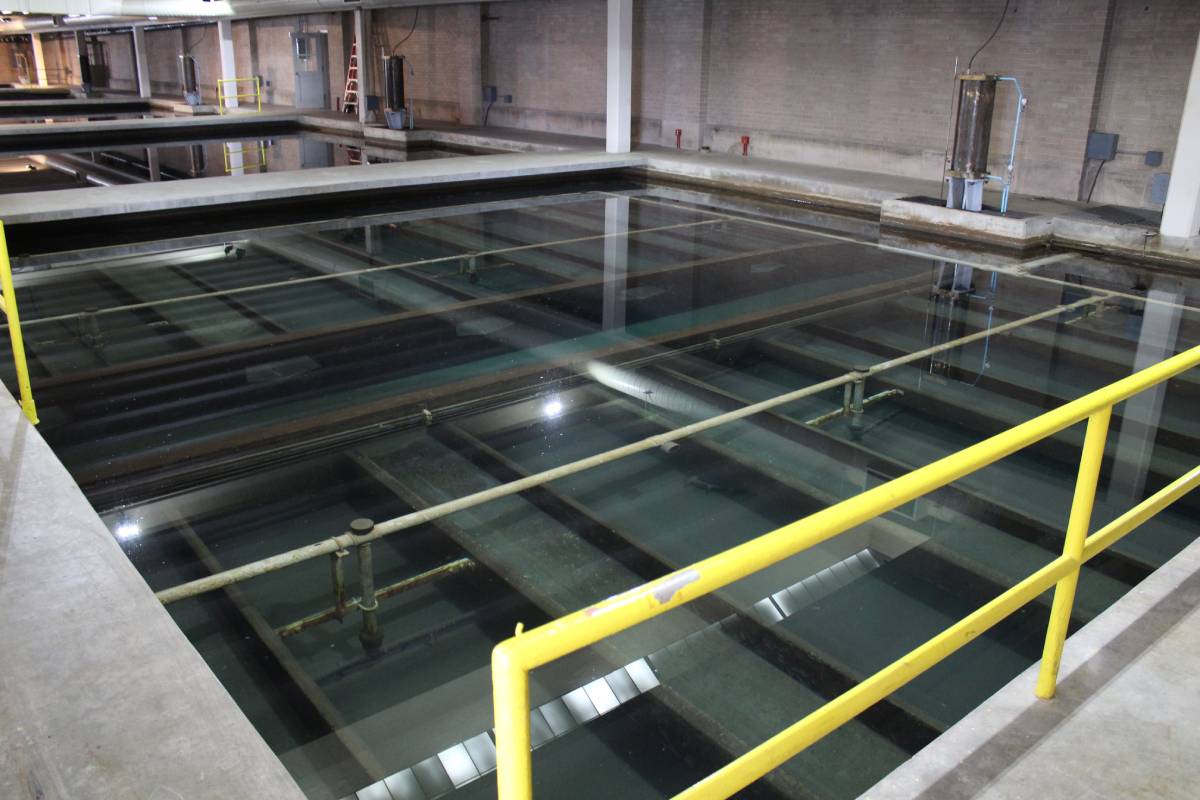
The discovery that fluoride can help people maintain healthy teeth dates back to Colorado Springs in the early 1900s. That’s when a young dentist named Frederick McKay noticed brown staining on the teeth of residents in the area but also noted they had a lower incidence of tooth decay. He reached out to his peers and eventually researchers determined an optimum level of fluoride in an area’s water supply – enough to keep tooth decay at bay but not too much that it would lead to brown staining and other dental problems.
Eventually, in the 1940s, communities began adding fluoride to their water supply. Others, with too much naturally occurring fluoride, began treating their water to reduce the amount of the mineral. The federal government doesn’t mandate fluoridation, so it’s up to local communities to decide. Now, some cities and states, including Utah and Florida, have banned adding fluoride to their water supply due to concerns about negative health effects, and the Department of Health and Human Services has directed the Centers for Disease Control to make new recommendations about whether fluoride should be added to water.
We asked Dr. Bruce Dye, a professor at the University of Colorado School of Dental Medicine, to answer questions about fluoride and the debate over its benefits and risks.
Where does fluoride naturally occur?
Fluoride is found in rocks and soil water. It has a particular affinity towards water, and it will occur at different levels in different places throughout the world. The location is known, but the reasons why that is is not necessarily known.
Does it have a smell or taste?
Fluoride does not have a particular taste and we can't smell it.
The U.S. Secretary of Health and Human Services, Robert F. Kennedy Jr., has questioned the safety of fluoride in drinking water. Too much fluoride can cause brown spots on teeth. What are other negative effects?
Too much fluoride can cause conditions where we would have an uptake in skeletal fluorosis, but these are very high levels of exposure. With fluoride at very low levels that we see with adding a fluoride to drinking water to help with the prevention of tooth decay, we don't see any negative outcomes. There have been some studies that have articulated that there might be – at higher levels of exposure with fluoride – neurotoxicity with, say, IQ levels being affected, which is the latest concern.
The science doesn't support that right now. There was a very recent study coming out of Australia that found no [relationship] whatsoever between water fluoridation in children and negative outcomes like in cognitive development or lower IQ levels, and very few studies that have suggested this might be a possibility. The difference in IQ levels has only been a couple of points, so it's very minor, but the majority of studies have not found any relationship whatsoever.
I can imagine a parent hearing that and saying, “I don't want my kid to have even a couple points lower IQ.” What would you tell them?
Fluoride has been well-studied. It's safe, it's effective, and we know fluoride does reduce the severity of tooth decay in children. And we have the historical record to show that when fluoride was beginning to be introduced in municipal water systems in the 1930s, 1940s and the 1950s, we saw profound changes in the prevalence of tooth decay. And these changes have benefited everybody. It's just not with regards to the benefit of having fewer cavities, but it's also with the benefit of having more teeth and to be able to live longer with having the majority, if not all of your permanent teeth with you into older age. I would say that from a public health perspective, the trade-off is very, very minimal in that the vast majority of people benefit from exposure to fluoride at very low levels.
The federal government doesn't require communities to fluoridate their water. Some local governments don't do it. Other places were found to have too much. How do you adjust the level so it's the optimum amount?
Well, you are correct. A community's water system, their drinking water, that decision is made at the local level. Communities are encouraged to test their water for a number of pollutants and other contaminants, and through this process of testing, you can also identify other things that need to be pulled out or added. So we add chlorine to water, for instance, to make it safe for drinking purposes.
We will add fluoride obviously to water to help prevention of tooth decay, but if there's too much naturally occurring fluoride in the water sources that municipalities source their water from, fluoride can be removed from that water to ensure that not an excessive amount of fluoride is being distributed to people. So the idea is to ensure that water systems and operators of water systems adjust the water to provide the maximum benefit safely.
Should the U.S. regulate fluoride in drinking water to prevent tooth decay?
Well, I think it’s still a good idea for the United States to continually promote the addition of fluoride and water to prevent decay, but I think we have had a system for several decades now where these decisions are made at the community level and the vast majority of communities continue to support the addition of fluoride and water.









